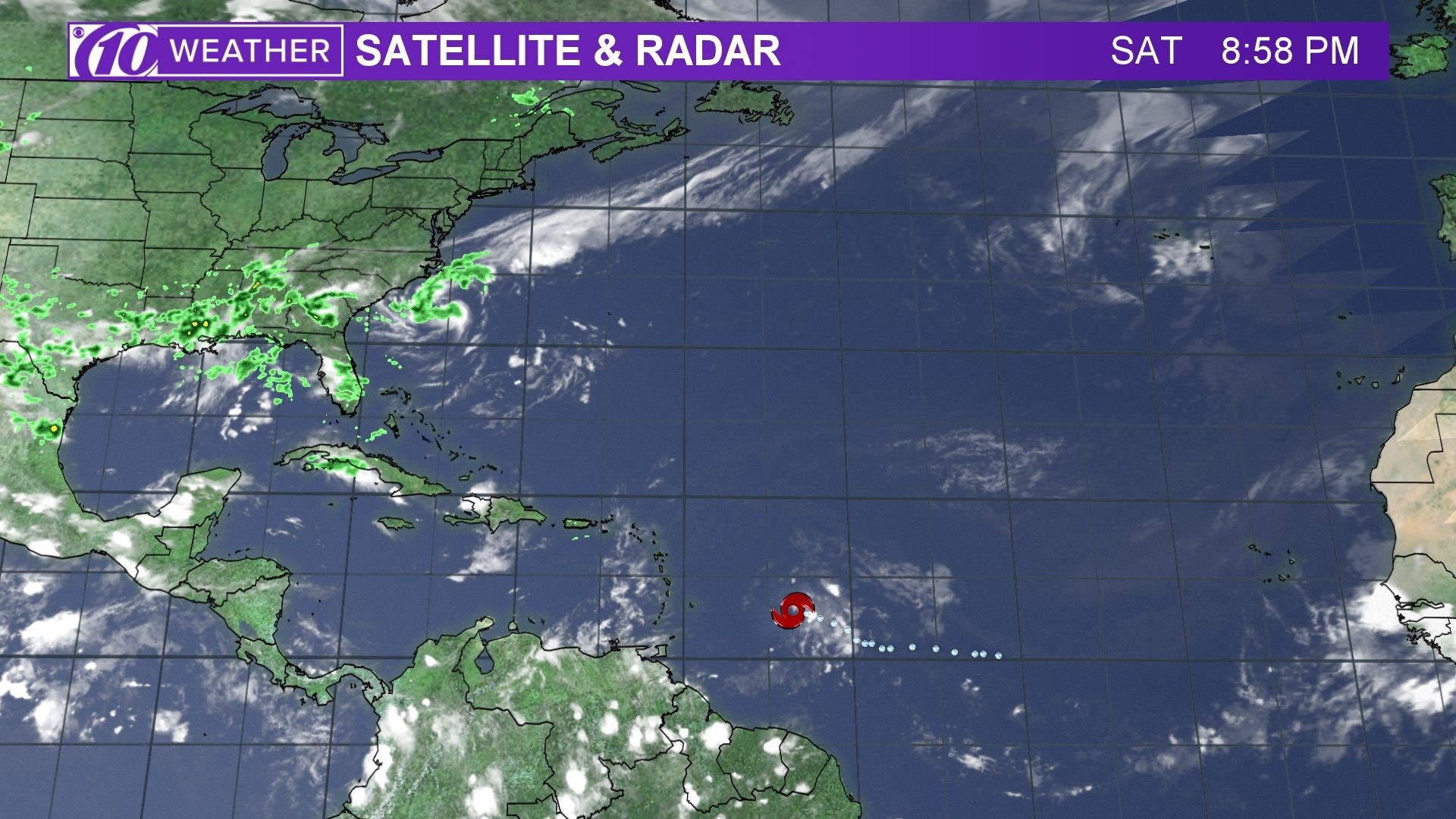Hurricane Beryl’s Forecast Track

Hurricane beryl spaghetti models – Hurricane Beryl’s forecasted path is determined using a combination of spaghetti models, which are computer simulations that predict the hurricane’s movement over time. These models use a variety of data, including historical hurricane data, atmospheric conditions, and ocean currents, to generate a range of possible paths that the hurricane could take.
Hurricane Beryl spaghetti models show a wide range of possible paths, making it difficult to predict exactly where is beryl headed. However, the models generally agree that the storm will move northwestward over the next few days. Beryl is expected to weaken as it moves over cooler waters, but it could still bring heavy rain and flooding to the southeastern United States.
Accuracy of Spaghetti Models
The accuracy of spaghetti models varies depending on a number of factors, including the quality of the data used to generate the models and the complexity of the hurricane’s path. In general, models that use more data and take into account a wider range of factors are more accurate than models that use less data and consider fewer factors.
If you’re in the path of Hurricane Beryl, it’s important to stay informed about the latest spaghetti models. These models can help you track the storm’s path and intensity, so you can make informed decisions about your safety. You can find the latest spaghetti models on the beryl barbados website.
The spaghetti models are updated regularly, so be sure to check back often for the latest information.
Factors Affecting Reliability
Several factors can affect the reliability of spaghetti models, including:
- The quality of the data used to generate the models: The accuracy of spaghetti models depends on the quality of the data used to generate them. If the data is inaccurate or incomplete, the models may not be able to accurately predict the hurricane’s path.
- The complexity of the hurricane’s path: Some hurricanes are more difficult to predict than others. Hurricanes that travel over complex terrain or that interact with other weather systems can be more difficult to model accurately.
- The time of year: The accuracy of spaghetti models can vary depending on the time of year. Hurricanes that occur during the peak of the hurricane season are typically more difficult to predict than hurricanes that occur outside of the peak season.
Hurricane Beryl’s Potential Impacts: Hurricane Beryl Spaghetti Models

Hurricane Beryl is expected to bring heavy rainfall, strong winds, and storm surge to the affected areas. The most likely areas to be affected are the coastal areas of [list of areas].
The potential impacts of the hurricane include:
- Storm surge: Storm surge is a wall of water that can reach heights of up to 20 feet. It can cause extensive damage to coastal property and infrastructure.
- Flooding: Hurricane Beryl is expected to bring heavy rainfall, which can cause flooding in low-lying areas.
- Wind damage: Hurricane Beryl is expected to bring strong winds, which can cause damage to buildings, trees, and power lines.
People in the affected areas should take the following steps to prepare for the hurricane:
- Secure loose objects outside your home.
- Stock up on food, water, and other essential supplies.
- Have a plan for evacuation in case you need to leave your home.
- Stay informed about the hurricane’s track and intensity.
Hurricane Beryl’s Comparison to Other Hurricanes
Hurricane Beryl has drawn comparisons to several other recent hurricanes that have affected the same region. These hurricanes include Hurricane Matthew (2016), Hurricane Irma (2017), and Hurricane Michael (2018).
Hurricane Beryl is similar to these other hurricanes in terms of its intensity, track, and potential impacts. However, there are also some key differences between the hurricanes.
Similarities, Hurricane beryl spaghetti models
- All three hurricanes were Category 4 hurricanes at their peak intensity.
- All three hurricanes made landfall in the same region, causing widespread damage.
- All three hurricanes resulted in significant loss of life.
Differences
- Hurricane Beryl is a smaller hurricane than Hurricane Matthew or Hurricane Irma.
- Hurricane Beryl is expected to make landfall further north than Hurricane Matthew or Hurricane Irma.
- Hurricane Beryl is expected to produce less rainfall than Hurricane Matthew or Hurricane Irma.
Lessons Learned
The lessons learned from previous hurricanes can help us better prepare for Hurricane Beryl. These lessons include:
- It is important to evacuate early and often when a hurricane is approaching.
- It is important to have a plan in place for what to do if a hurricane makes landfall.
- It is important to be aware of the potential hazards of hurricanes, such as storm surge, flooding, and wind damage.
By learning from the lessons of previous hurricanes, we can better prepare for Hurricane Beryl and reduce its potential impact.